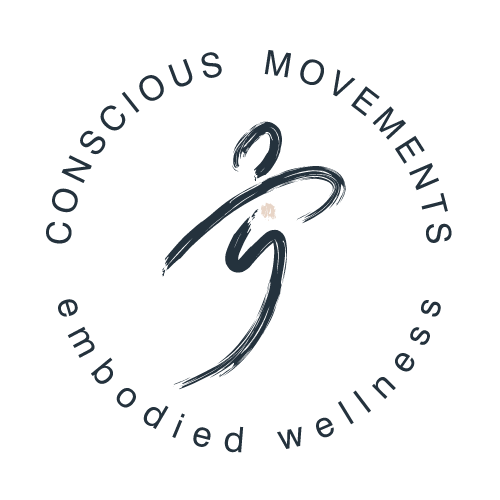SLEEP: A Daily Detox For Your Brain
Your body has been using sleep to recharge and repair itself since before you were born.
Sleep is an active process. Your body might be still, but your biology is bustling with activity. All of that internal nocturnal activity is crucial for living well.
Sleep also plays a massive role in detoxification. Your body has been using sleep to recharge and repair itself since before you were born. It’s no surprise that many sleep disorders are now linked to chronic pain, decreased cognitive function, depression, and neurological diseases, like Alzheimer’s.
“SLEEP IS THAT GOLDEN CHAIN THAT TIES HEALTH AND OUR BODIES TOGETHER.”
In this post, we’ll take a look at your innate biological brain detoxifying system: sleep.
The brain: whether you give it credit or not, the three pounds of gelatinous mass floating in your skull is responsible for life as you know it. Your brain allows you to think about the past, dream about the future, and simultaneously maintain your breathing and heart rate as you read these words.
The brain is a workhorse and a hungry one at that. While accounting for approximately 2% of the average adult’s weight, it accounts for 20% of your energy consumption.
When those nifty neurons within your noggin consume energy, they excrete debris such as b-amyloid and tau-proteins. As your day progresses, this neurological waste builds up in your brain.
Enter the glymphatic system.
When you sleep, the brain cleansing system, called the glymphatic system, goes to work. This unique system of perivascular clearance pathways plays a crucial role in efficiently eliminating soluble proteins and metabolites from the central nervous system. But that’s not all. In addition to waste removal, the system is thought to be important for managing intracranial fluid volume, distributing non-waste compounds, and regulating central nervous system immune health.
One of the most exciting quirks about the glymphatic system is that it is predominantly active during sleep. The perivascular tunnels are tightened during wakefulness, limiting CSF flow.
If you haven’t guessed by now, sleep is essential for your well-being.
But not all sleep is the same. Research suggests that the glymphatic system primarily operates when we’re in a deep slow-wave sleep. (1)
Unfortunately, this potent phase of sleep dwindles with age. The bulk of the decline occurs between 36-55 years of age. So if you’re living the mid-life dream, then you may want to incorporate ways to up your sleep game to nourish your body & brain.
Increasing slow-wave sleep may be especially important if you suffer with chronic pain.
If a person does not sleep enough, this brain cleansing does not occur effectively. Long-term, poor sleep can lead to neuroinflammation. As you might have guessed, neuroinflammation (2) in the brain is also associated with neuropathic pain. But that’s not all. The same neuroinflammation that contributes to pain may also cause cognitive or affective-motivational disturbances in susceptible individuals (i.e., brain fog and low motivation).
3 Ways To Nourish
Slow-Wave Sleep
#1 Embrace The Pink Noise.
While it may initially sound like a strange concept, there’s plenty of evidence to support (3) that listening to white or pink noise (4) can help you fall asleep and regulate your brain wave patterns. It’s a sort of deep sleep meditation inducer.
White noise is made up of all the frequencies humans can hear, distributed equally. Pink noise is similar, but instead of equal power across the frequencies, the tones are louder and richer in lower frequencies. Pink noises in nature include waves lapping on a beach or leaves rustling in the wind.
These days, you can easily tap into these dreamy frequencies courtesy of an app. The app, Sonic Sleep, plays the delta sound wave at a barely audible level, but your sleeping brain recognizes and synchronizes with it. The free app, Pink Noise, operates similarly and sounds like a waterfall or rainfall with a distant jingling in the background.
#2 Get Your Mid-Day Groove On.
Afternoon exercise (5) resulted in significantly more slow-wave sleep during the next sleep period, as compared with sleep after the no-exercise condition. It seems that timing is everything. Exercise too close to bedtime, and you can reduce the amount of time that you’re in a deep sleep.
#3 Bring The Heat.
Increasing body heat (6) an hour or two before you go to bed can decrease sleep latency and increases sleep depth. You could take a run, enjoy some quiet time in a sauna, or relax in the tub. Just make sure to enjoy the heat at least an hour before your bedtime.
RELATED POSTS






